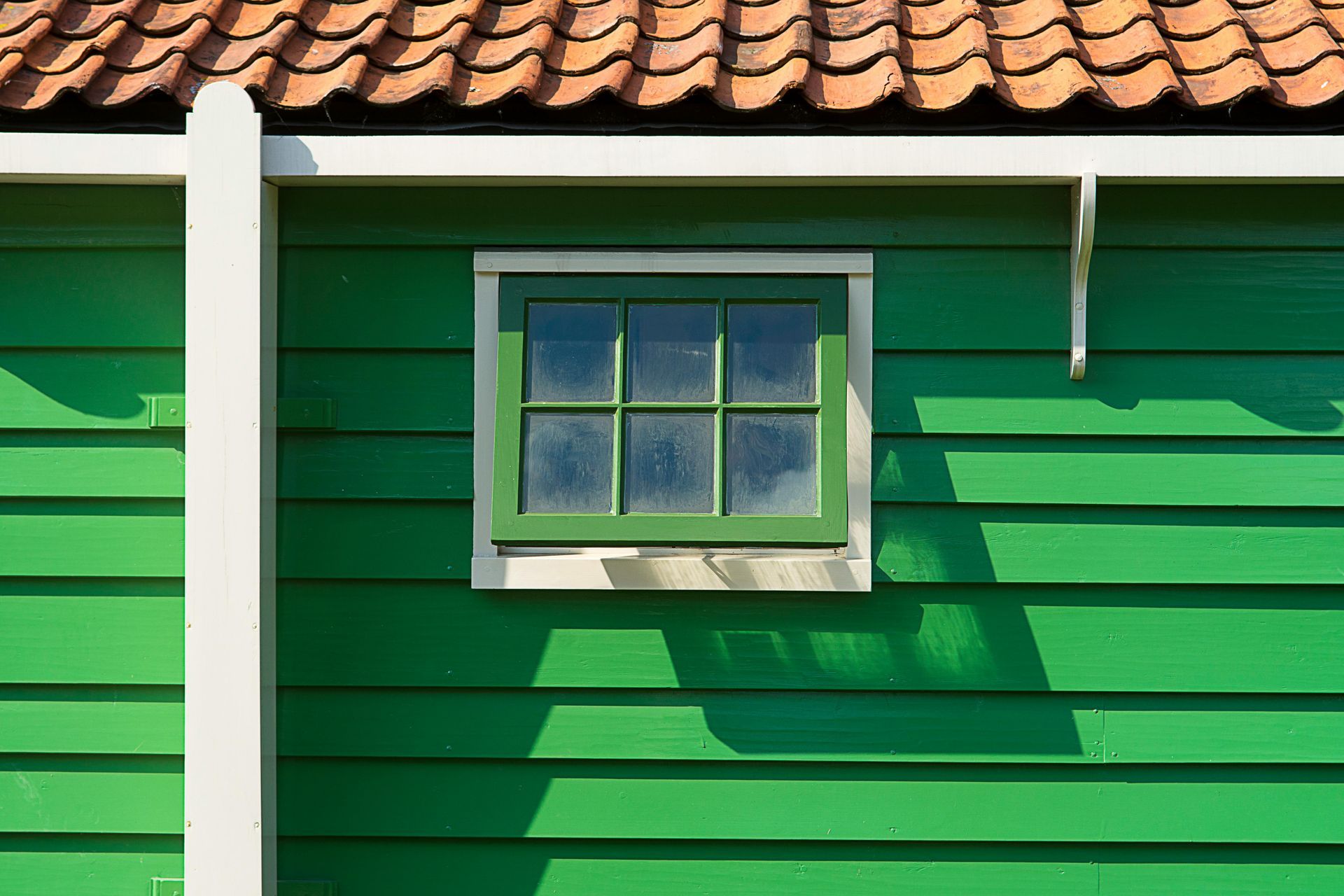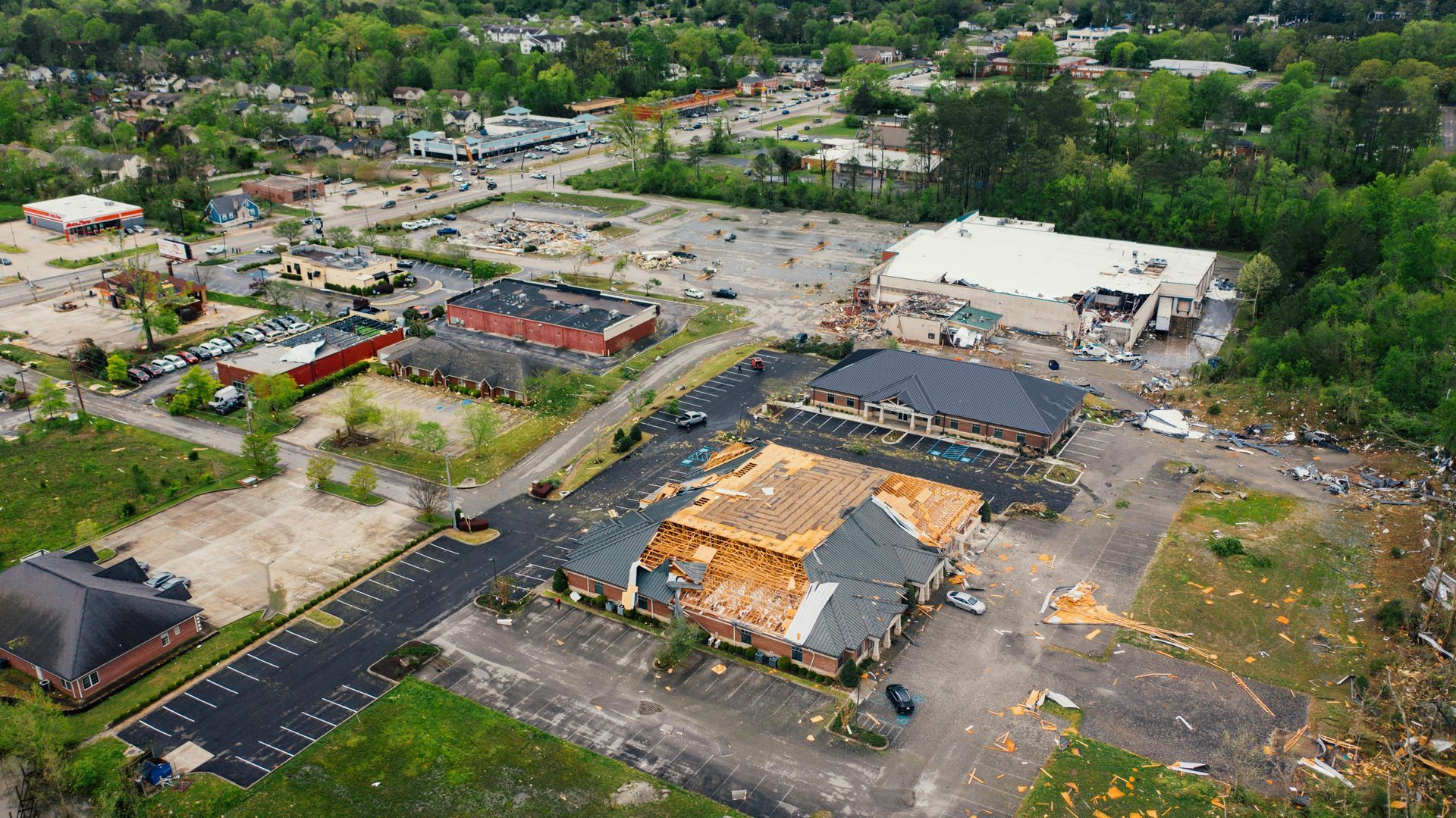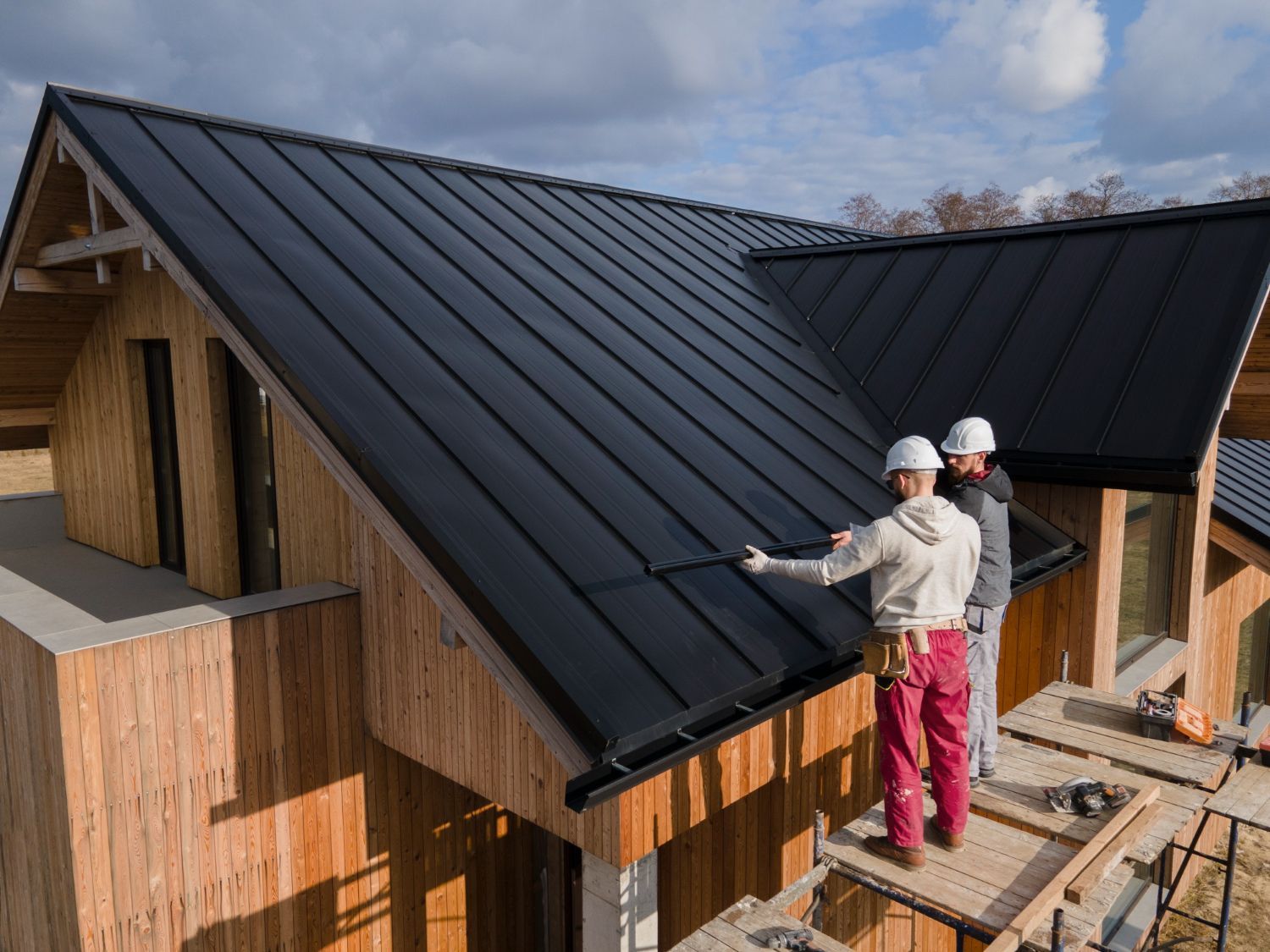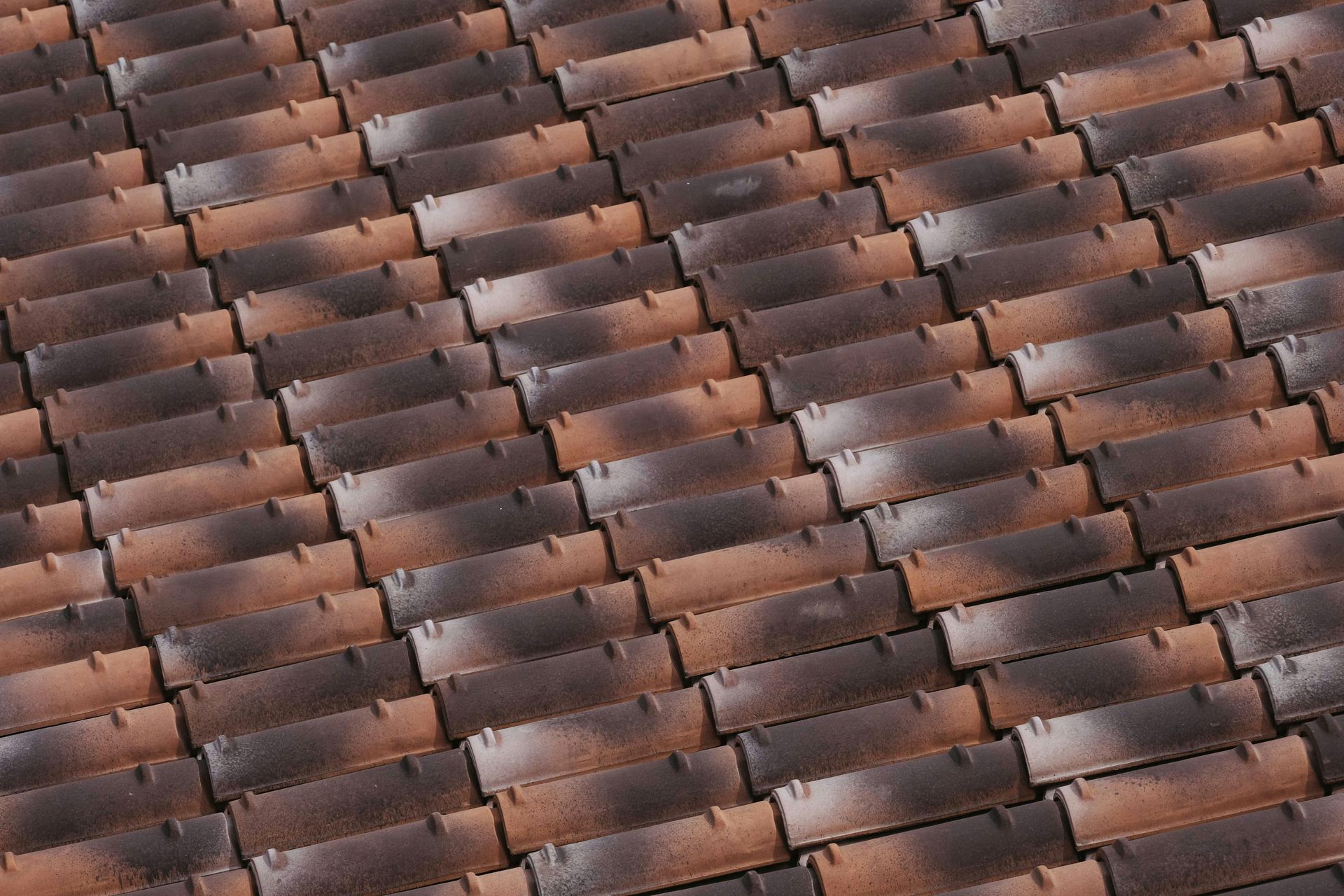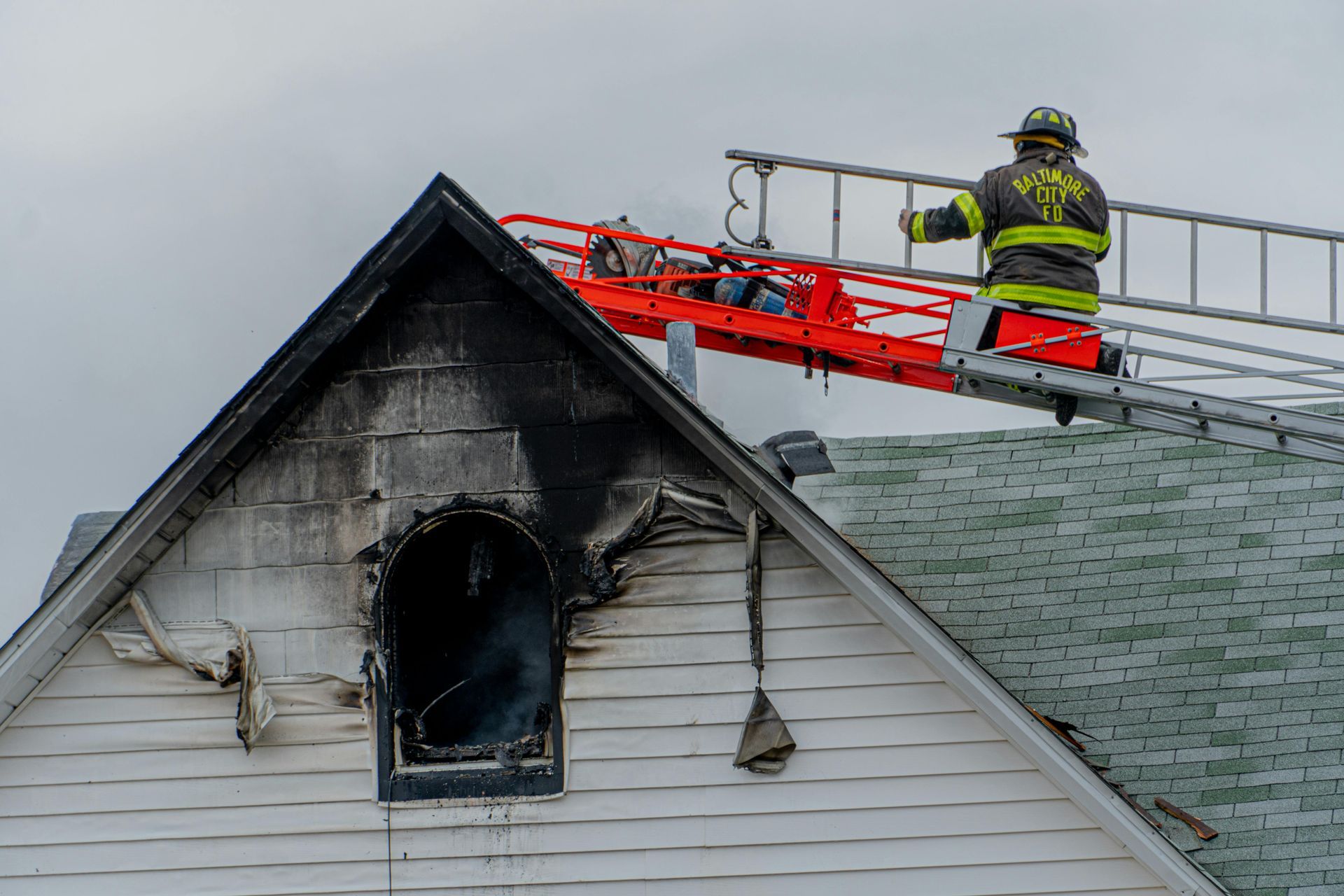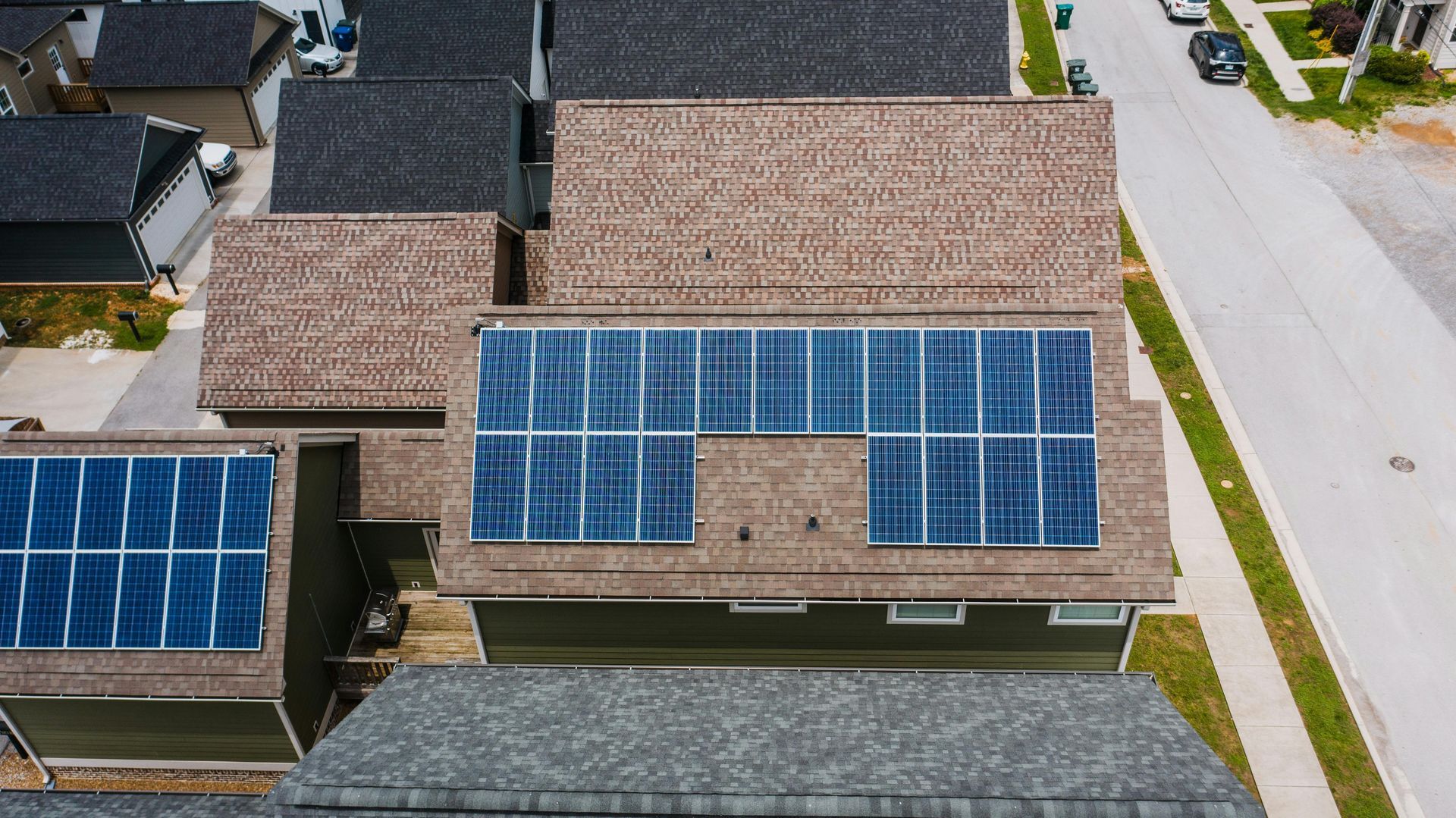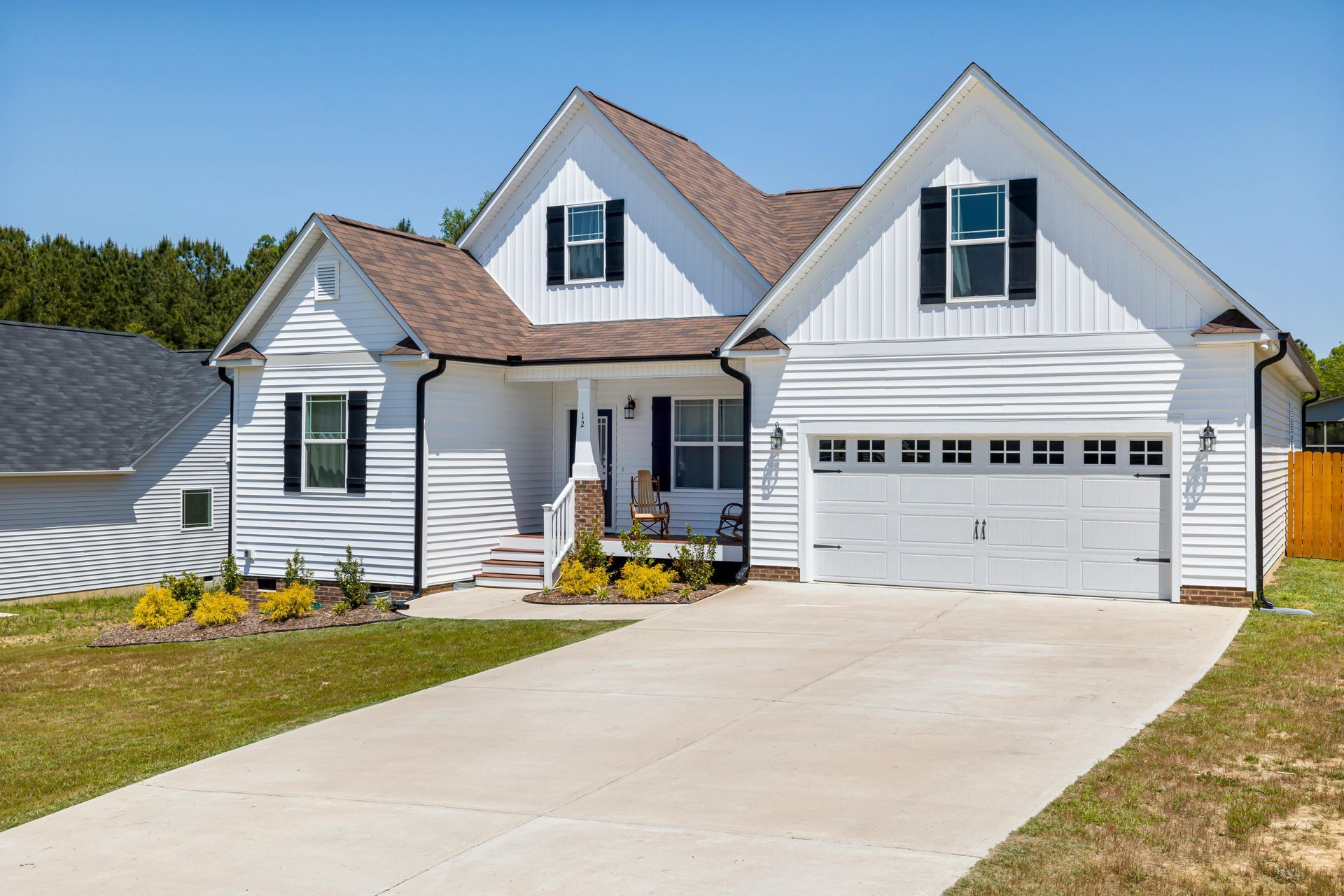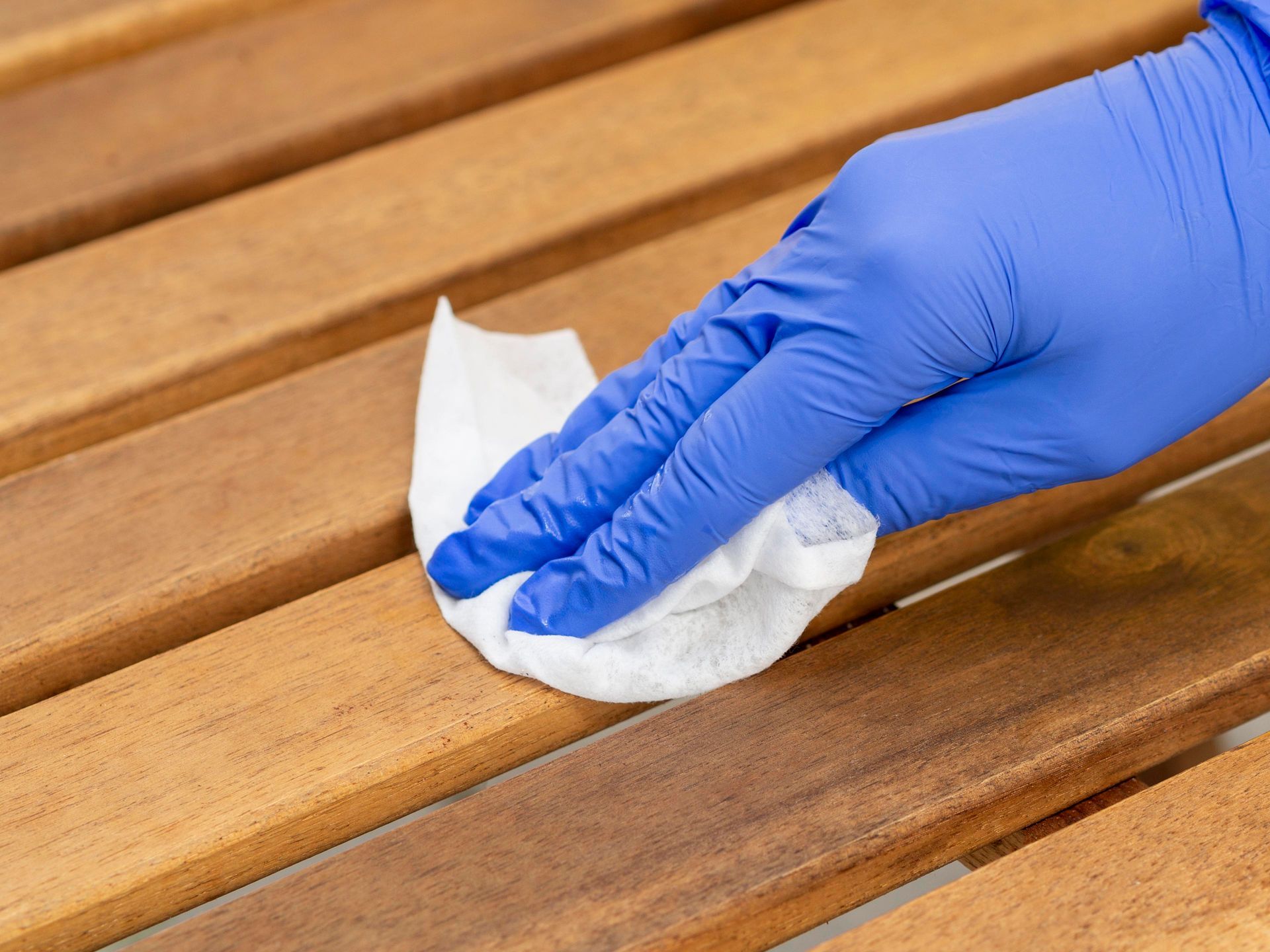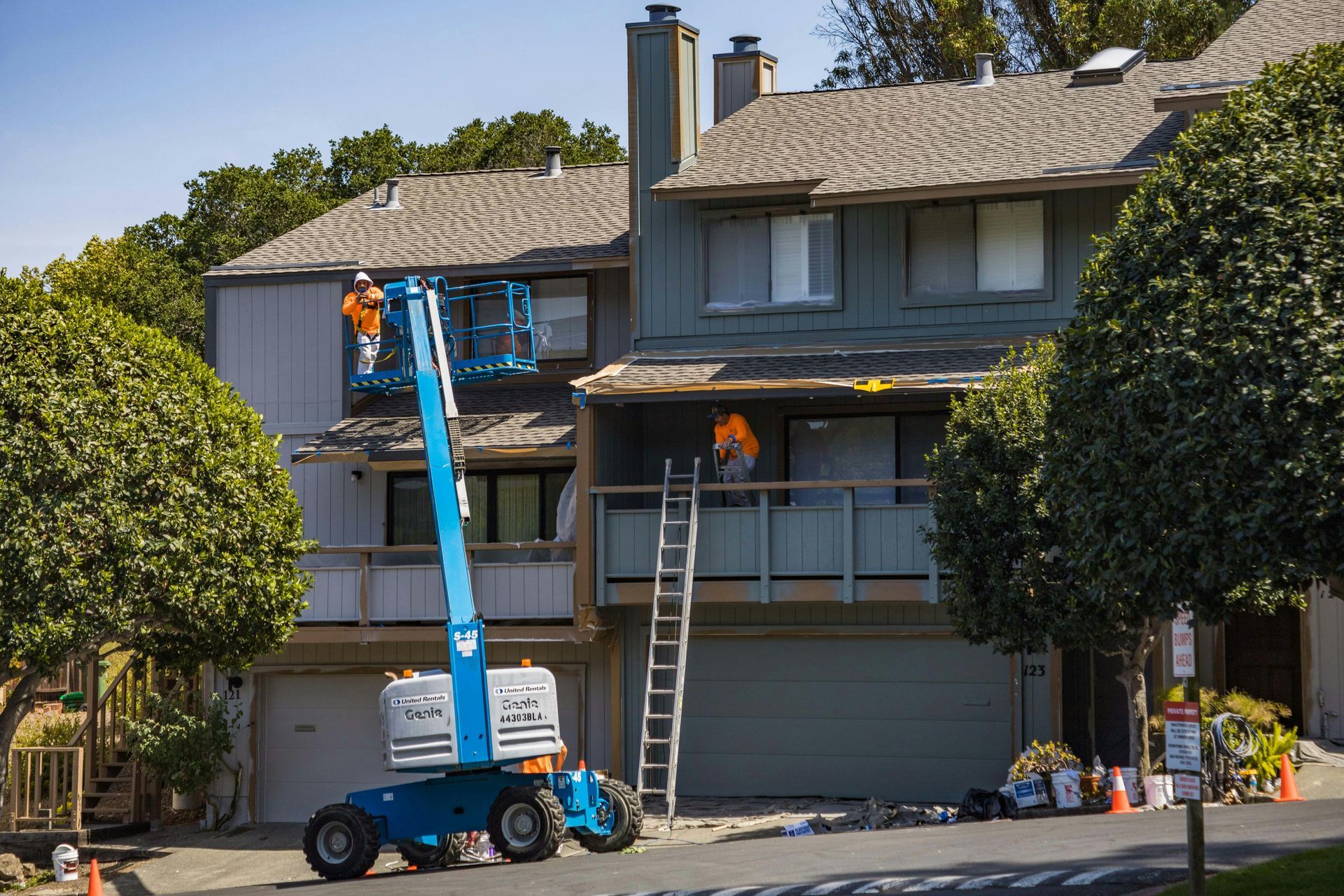Is It a Bad Idea to Paint Vinyl Siding? What Homeowners Should Know
If you're looking to refresh the outside of your home, you might be thinking about painting your vinyl siding. After all, it seems like a simple way to give your exterior a clean new look without the cost of full replacement. But is it a good idea—or one that’s going to cause more headaches down the road?
The short answer: painting vinyl siding isn’t always a smart move. In some cases, it works fine. But in others, it can lead to warping, peeling, or even voided warranties. Let’s break down when painting might make sense—and when you're better off with other options.
So... Is Painting Vinyl Siding a Bad Idea?
Why Homeowners Consider It
Painting your siding sounds like a budget-friendly fix, especially when the color starts to fade or just feels outdated. Compared to a full siding replacement, a few coats of paint can seem like a much easier—and cheaper—way to boost curb appeal.
And sometimes, it is a quick win. But not always.
Where Things Can Go Wrong
Here’s the thing: vinyl siding wasn’t originally designed to be painted. It expands and contracts a lot, especially with Ohio’s hot summers and cold winters. That movement can cause paint to crack or peel pretty quickly—especially if the wrong products are used.
Also, dark paint colors absorb more heat. That might look great visually, but it can warp the panels. And don’t forget: painting can void the manufacturer’s warranty, which could leave you paying out of pocket if something goes wrong later.
When Painting Vinyl Siding Is Probably a Bad Idea
The Siding Is Old or Damaged
If your siding is brittle, cracked, or showing signs of serious wear, painting it won’t fix the underlying issues. You might get a cleaner look for a year or two, but the problems underneath will eventually come through—and possibly worsen.
The Wrong Paint Is Used
You can't just grab any exterior paint and hope for the best. Only certain types—specifically labeled “vinyl-safe”—can handle the way vinyl flexes with temperature. Skipping this step leads to fast failures.
There’s Hidden Moisture or Mold
Painting over siding that’s already been compromised by moisture or mold can trap those problems inside. Over time, that can mean rot, warped panels, or even damage to the walls underneath.
Smarter Alternatives to Painting
Full Siding Replacement
If your siding is past its prime, replacement might be a better long-term investment. Modern siding is built to last and comes in a huge range of colors that hold up to sun, snow, and everything in between—no painting required.
Plus, newer siding materials often boost energy efficiency, add insulation, and increase resale value.
Professional Cleaning and Small Repairs
Sometimes, siding just needs a refresh. A professional soft wash can remove years of built-up grime and restore color you forgot was even there. Combine that with minor siding repairs—like replacing a few warped or cracked panels—and you might not need paint at all.
How to Tell If Painting Is a Good Fit
Check the Siding’s Condition First
No cracks, no moisture issues, and solid structure? Then painting might be okay—as long as you’re using the right products and approach. But if the siding feels weak or brittle, or you’ve got leaks or gaps, it's worth holding off.
Consider the Columbus Climate
Living in Central Ohio means dealing with a full four seasons—including some pretty extreme swings in temperature and humidity. That’s tough on painted vinyl. Even the best paint job won’t last as long here as it might in milder regions.
Bring in a Pro Before You Decide
Before you spend the weekend painting, it’s a good idea to bring in someone who knows what they’re looking at. We can help you figure out whether painting will hold up—or if you're setting yourself up for more work down the line.
Why We Usually Recommend Holding Off on Paint
It Doesn’t Fix the Real Problem
Paint changes the look, not the function. If your siding is outdated or failing, new paint won’t change that—it just masks it for a little while.
Long-Term Costs Add Up
Sure, paint might save money this year. But if you’re repainting every 5–7 years or dealing with damage caused by heat or peeling paint, the cost adds up fast. New siding may have a higher upfront cost, but it usually pays off in durability and peace of mind.
We’ll Help You Make the Right Call
Not sure whether to paint, clean, or replace? That’s where we come in. At Price Brothers Restoration, we look at your home, your budget, and your goals to help you make the best call—not just the fastest fix.
FAQs About Painting Vinyl Siding
Does painting void my siding warranty?
Yes, in most cases. Always check with your siding manufacturer before painting—many won’t honor their warranty if paint is applied.
What kind of paint should I use?
Only use paints that are labeled as safe for vinyl siding. These are specially made to flex and handle temperature changes.
How long does paint last on vinyl siding?
Typically 5 to 10 years, depending on your climate, prep work, and the quality of the paint used.
Is painting cheaper than replacing?
In the short term, yes. But if you’re repainting regularly or dealing with peeling, fading, or damage, replacing can save you money and stress over time.
Thinking About Painting Your Siding? Let’s Talk First.
Painting vinyl siding isn’t always a bad idea—but it’s not always the best one, either. Before you pull out the brushes, let’s take a closer look at your siding. At Price Brothers Restoration, we’ll help you figure out what’s actually going to give you the best long-term results—whether that’s a fresh coat of paint, a professional cleaning, or brand-new siding altogether. Call Price Brothers today for an expert consultation to help you decide what’s best for your home.

